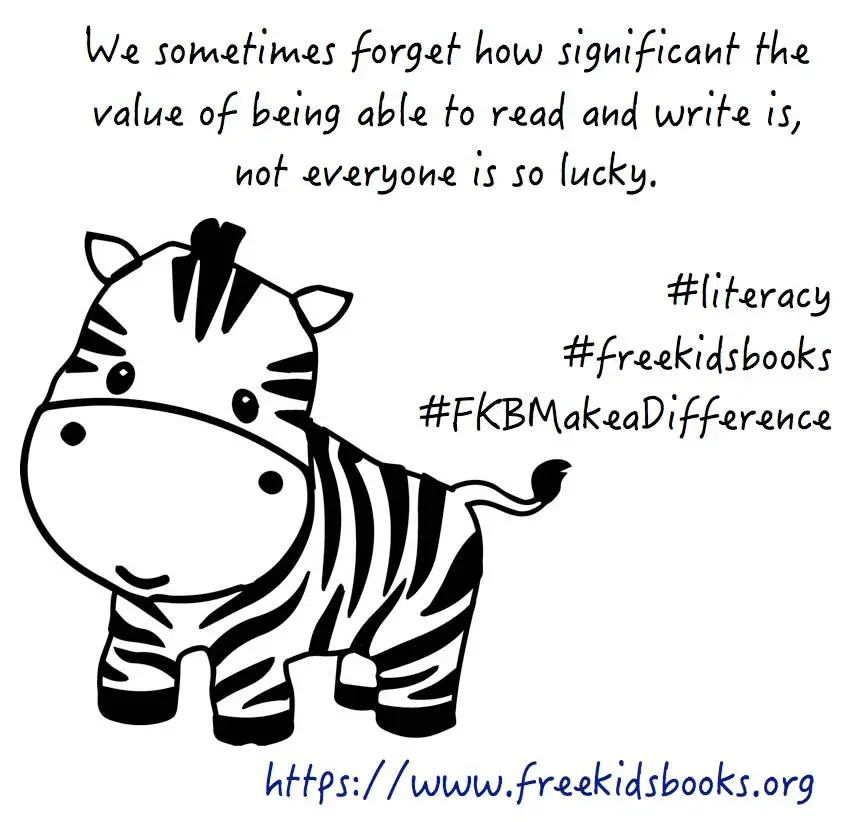Reading is a wonderful way for students to enhance their literacy skills while enjoying the magic of storytelling. A read-a-thon is a fantastic event that encourages a love for reading and serves as an avenue for fundraising within schools or communities.
Properly organizing a read-a-thon can lead to great success, benefiting students, local libraries, and educational resources. Engaging students requires thoughtful planning and innovative ideas to motivate their reading habits. Take a look at some simple yet effective steps to create a vibrant read-a-thon experience that can make a lasting impact on participants.

Set Clear Goals
Clear goals involve not just defining the objective, such as raising funds or promoting literacy, but also ensuring that these goals are measurable. Decide on a target amount you wish to raise and determine how will you track participants’ reading activities and sponsorships. Involve students in goal-setting discussions to foster ownership.
Whether it’s a monetary target or participation rates, establishing benchmarks will keep everyone motivated and focused on achieving them. You can find some fundraiser ideas on http://www.futurefund.com/ultimate-list-of-school-fundraisers/ or other websites that can give you a better insight into read-a-thon. As you can see, setting clear goals is the foundational step to any read-a-thon.
Choose a Format
Now, it’s time to choose the right format. Will it be a virtual event, an in-person gathering, or a hybrid of both? Each format has its benefits and drawbacks, so consider the needs and preferences of your community. A virtual read-a-thon can engage participants who may not be able to attend physically but may require more technology management. On the other hand, an in-person event can foster a sense of community and connection between readers but may limit participation based on geographical constraints.
Make sure to include diverse reading materials like graphic novels, non-fiction, or audiobooks to cater to various preferences and age groups. Plan year-round reading challenges or shorter events based on the season to keep the excitement alive. Being adaptive to audience needs will greatly influence the read-a-thon’s success. Solicit feedback from the participants afterward to improve future events and formats.
Promote the Event Effectively
Once the goals and format are set, promote the read-a-thon effectively. Create eye-catching promotional materials that highlight the key aspects of the event, such as dates, objectives, and participation benefits. Utilize social media, school newsletters, and community boards to disseminate your message.
Encouraging students to share the event can further widen your reach. Engage parents and educators in promoting the read-a-thon as they are invaluable advocates for the cause. Consider offering incentives for participants who bring in the most sponsorship or who read the most books. These extra layers of motivation can encourage more significant participation.
Remember that enthusiasm can be contagious, so demonstrate your excitement in any promotional material you distribute. When you thoughtfully communicate the benefits and thrills of participating, you can generate buzz that will draw more readers into your event.
Incorporate Fun Activities
To cultivate an innovative atmosphere during your read-a-thon, think of incorporating fun activities that correspond with reading. Mini workshops can introduce storytelling techniques, while art sessions can have participants illustrate their favorite scenes from books they’ve read. Book-related trivia or themed contests can also serve as engaging interludes between reading.
Invite authors or local storytellers to participate, as this can heighten the experience and provide valuable insights about the world of books. Building a diverse lineup of activities will cater to various interests and keep attendees engaged throughout the event. Make it interactive: include a reading corner with bean bags where students can cozy up with a good book and discuss their favorites. Thoughtful activities foster camaraderie and reward all the hard work participants put into reading.
Encourage Community Involvement
Community involvement can amplify the reach and impact of a read-a-thon significantly. Engaging local businesses to contribute either through sponsorship or prizes could provide a win-win situation. They may enjoy the publicity and support a meaningful cause.
Partnerships with local libraries can offer resources like guest speakers, book donations, and reading materials. Encourage parents, alumni, and local writers to participate actively during the event. This encourages a spirit of togetherness, and students will appreciate the attention and support from their community. Set up volunteer opportunities that can integrate parents into the fun, helping as reading buddies or activity organizers. Creating a community atmosphere where everyone is invested in the success of the read-a-thon can result in a more successful event and inspire students to continue their reading journey.
Track Progress and Celebrate Achievements
Tracking progress throughout the read-a-thon helps maintain motivation and enthusiasm among participants. Use reading logs or digital platforms that allow both participants and sponsors to view progress transparently. If you showcase achievements such as the number of books read or funds raised, you foster a sense of accomplishment among participants.
Celebrating milestones can also invigorate the competitive spirit. Organize break parties or ceremonies to recognize participants’ efforts and those who have reached specific goals. Highlight successful stories to encourage others to push further. The closing of the read-a-thon should be a celebration itself, rewarding everyone for their dedication and hard work. Such recognition fosters pride and leaves participants eager to be involved in future reading activities.
Gather Feedback for Future Improvement
A successful read-a-thon involves a cycle of continuous improvement. After the event, gather feedback from participants, parents, and volunteers to evaluate what worked well and what could be improved. Create surveys or host a reflection meeting so that everyone can voice their thoughts.
Analyze participation metrics to assess areas that might need rework, such as scheduling or engagement strategies. Feedback is a critical ingredient in ensuring that future events are even more successful. Encourage a culture where participants feel comfortable sharing their experiences – both positive and negative. Using these insights benefits your future read-a-thons and demonstrates to stakeholders and participants that their input genuinely matters. Listening to feedback fosters an inclusive and engaged environment, paving the way for richer educational experiences in the future.

A well-organized read-a-thon can inspire children to read more and enhance community bonds. Engaging participants effectively requires careful planning and adaptability. Involving participants in the planning process creates a sense of shared ownership that is key to success.
When you document lessons learned, you ensure that each successive event can further improve and engage readers. Remain flexible and attentive to community needs, and your next read-a-thon will be an engaging and enjoyable experience for all.












Thank you